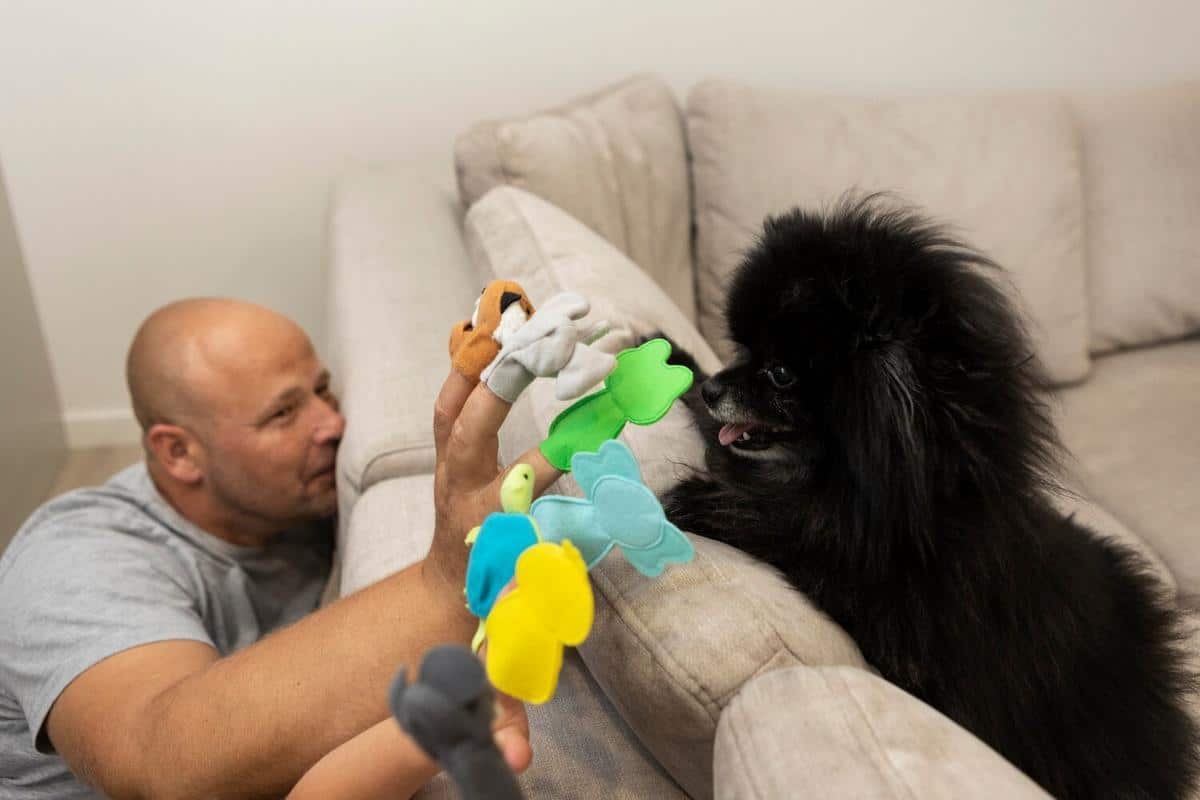
Addressing Aggression: Understanding and Managing Pet Anger
Understanding your pet’s emotions is key to fostering a harmonious relationship. While pets bring joy and companionship, they, like humans, can experience anger and aggression. This article delves into understanding and managing these emotions in pets, offering insights and strategies to help mitigate aggressive behavior.
Understanding Pet Aggression
Pet aggression can be perplexing for owners. It’s essential to recognize that aggression is often a response to fear, pain, or territorial instincts. Dr. Julie Albright from the University of Tennessee explains, “Aggression in pets often signals an underlying issue, whether it’s health-related or environmental.” Identifying the root cause is the first step in addressing pet anger.
Statistics and Research
According to a survey by the American Pet Products Association, nearly 10% of pet owners report that their pets exhibit aggressive behavior. Research indicates that factors such as lack of socialization, inadequate exercise, and even genetics can contribute to this behavior.
Personal Experiences
Consider the case of Mark, a pet owner who noticed his usually calm dog starting to growl and snap. After consulting with a veterinarian, he discovered that his dog had developed arthritis, causing pain and subsequent aggression. This highlights the importance of regular health check-ups to identify potential health issues.
Practical Tips for Managing Aggression
- Consult a Professional: Seek advice from a veterinarian or animal behaviorist to assess health and behavior.
- Socialization: Gradually introduce your pet to new environments and other animals to reduce anxiety.
- Exercise: Ensure your pet gets adequate physical activity to release pent-up energy.
- Positive Reinforcement: Reward calm behavior with treats or affection to encourage a peaceful demeanor.
Consider enrolling your pet in a training class to improve social skills and obedience.
Comparison of Aggression Triggers
| Trigger | Description | Management Strategy |
|---|---|---|
| Fear | Triggered by unfamiliar situations or objects | Gradual exposure and desensitization |
| Pain | Resulting from injury or illness | Veterinary care and treatment |
| Territorial | Protective of space or possessions | Controlled exposure and boundary setting |
| Possession | Guarding toys or food | Trade and reward techniques |
| Frustration | Limited access to desired objects or activities | Structured play and patience building |
| Protective | Protecting family members | Behavior training and socialization |
| Redirected | Frustration towards an object or person | Identify and remove stressors |
| Social | Dominance or fear in social settings | Socialization and positive reinforcement |
Frequently Asked Questions
How can I tell if my pet’s aggression is serious?
Signs of serious aggression include sustained growling, biting, or snapping. If these occur, consult a veterinarian or a professional behaviorist.
Is pet aggression always a sign of a problem?
Not necessarily. Some aggression is normal, especially in unfamiliar situations. However, persistent aggression should be evaluated.
Can training help reduce aggression?
Yes, training can be highly effective. Focus on positive reinforcement and consider professional help if needed.
Conclusion
Addressing aggression in pets requires patience, understanding, and often professional assistance. By recognizing triggers and implementing effective strategies, pet owners can foster a peaceful environment for their furry companions. Remember, a well-managed pet is a happy pet. Explore further resources and connect with professionals to ensure your pet’s well-being.


